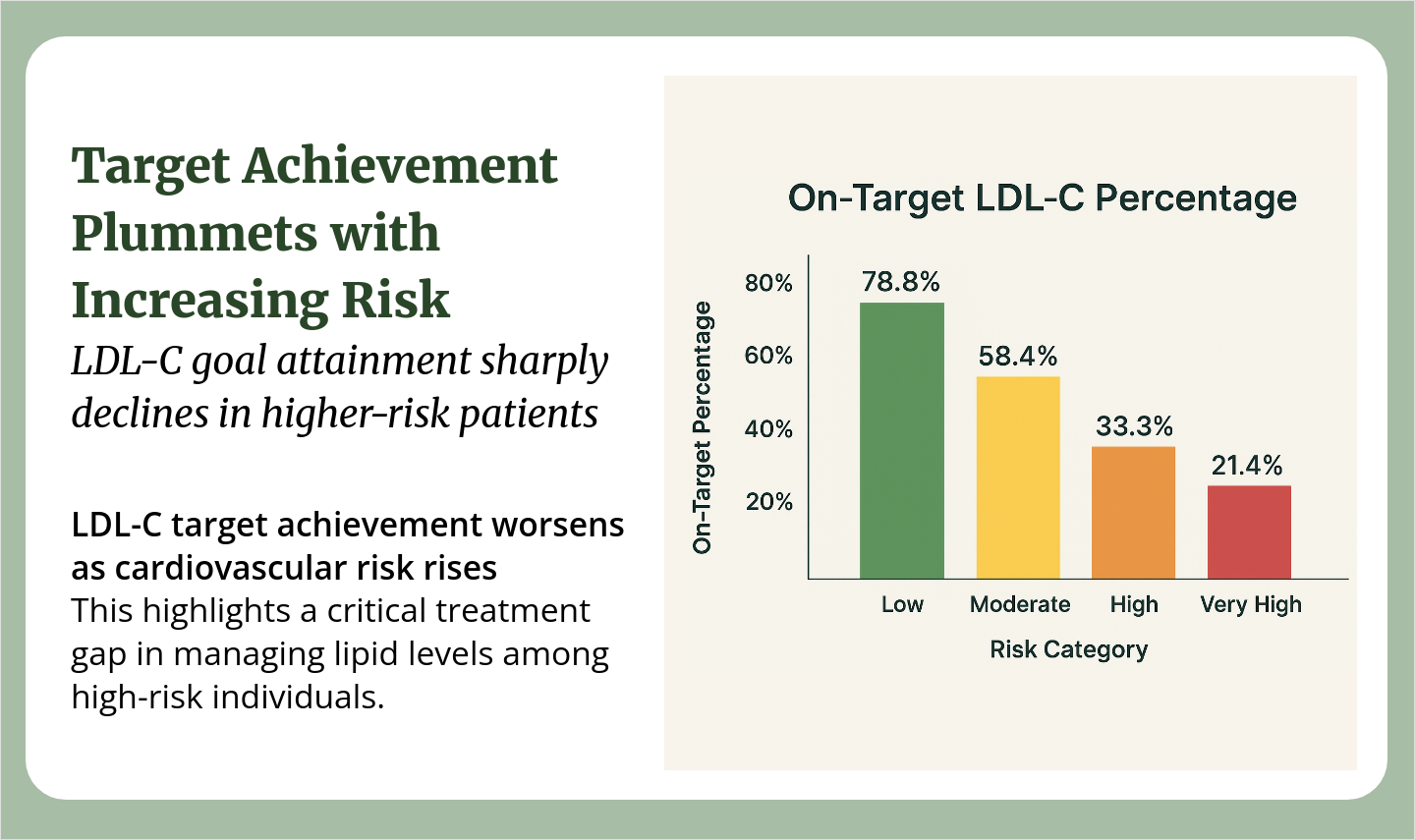In type 2 diabetes (T2D), kidney and cardiovascular complications often progress without symptoms until later stages, when fewer treatment options remain. Early risk stratification using estimated glomerular filtration rate (eGFR) and urinary albumin-to-creatinine ratio (UACR) offers significant prognostic value—predicting acute kidney injury, hospitalization for heart failure, and cardiovascular death years before clinical signs emerge.
Timing is key. In patients with preserved kidney function (eGFR ≥60 mL/min/1.73 m²), early intervention has been associated with a reduction of nearly 40% in acute kidney injury. This benefit declines substantially once eGFR falls below 45.
Mechanistic studies show that reducing intraglomerular pressure, improving natriuresis, and attenuating inflammatory signaling through modulation of proximal tubular sodium–glucose transport can slow chronic kidney disease (CKD) progression and reduce cardiovascular risk—even in people without diabetes. These findings highlight the need to tailor treatment not only to HbA1c, but also to kidney and heart health.
Early incorporation of eGFR and UACR testing in T2D management enables timely, targeted treatment—helping to alter disease trajectory and improve long-term outcomes.
What prompts you to escalate therapy or involve specialists early? How do you communicate the rationale for going ‘beyond glucose’ to patients?
-
 Gregg Faiman1wWorsening proteinuria, elevation in blood pressure will prompt further management
Gregg Faiman1wWorsening proteinuria, elevation in blood pressure will prompt further management -
 Sorin Herscovici, MANCHESTER VA MEDICAL CENTER1wwhen nephropathy worsens or hypertension is not controlled, it's time to think of adding Kerendia to a regimen of sglt2i in order to improve the outcomes hoping to slow down Show More
Sorin Herscovici, MANCHESTER VA MEDICAL CENTER1wwhen nephropathy worsens or hypertension is not controlled, it's time to think of adding Kerendia to a regimen of sglt2i in order to improve the outcomes hoping to slow down Show More




